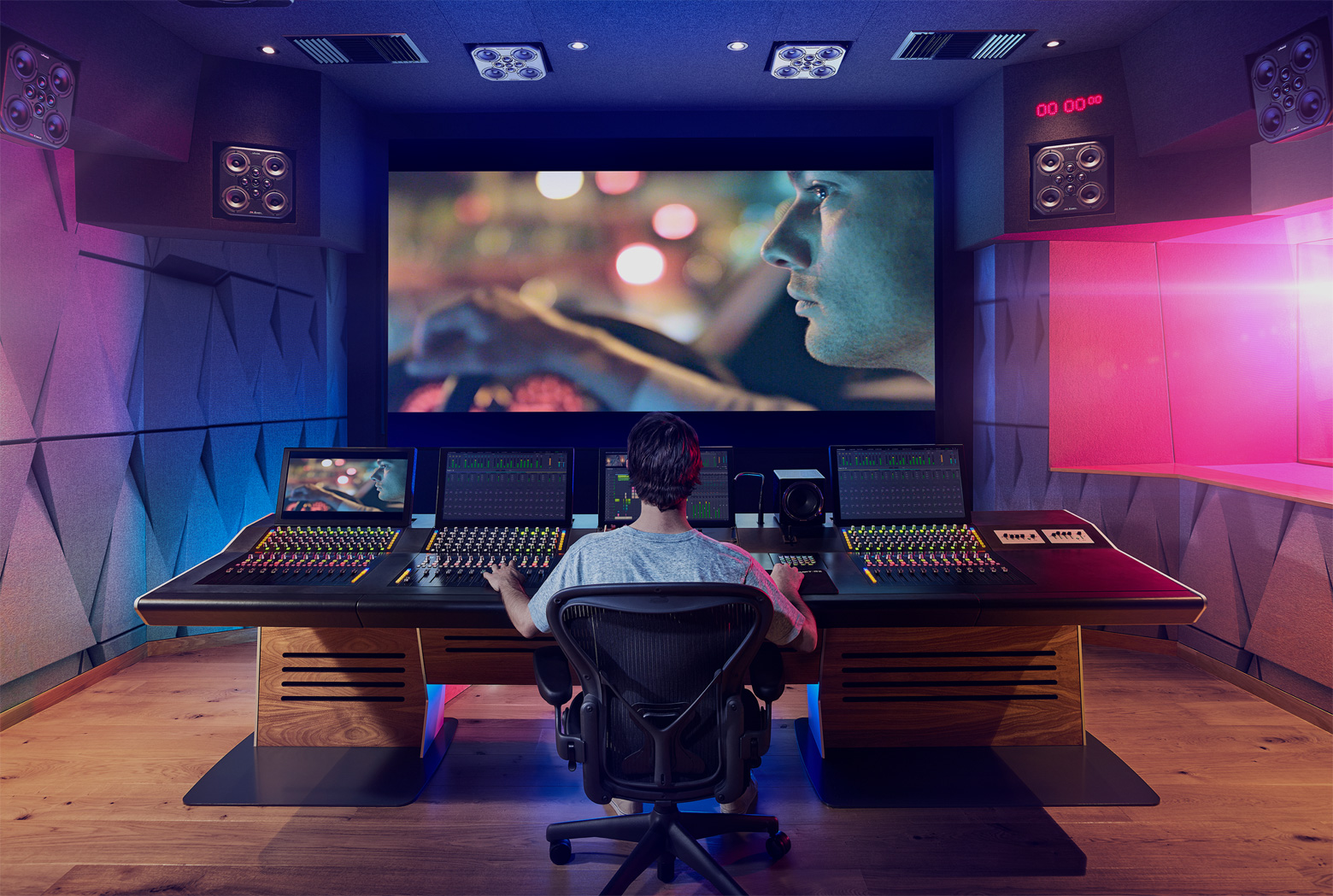

Fix 2: Use A Dedicated GPU and Disable Integrated GPU.

Fix 1: Launch DaVinci Resolve in Compatibility Mode.About Davinci Resolve Not Opening Issue.
DAVINCI RESOLVE 16 NOT RESPONDING SOFTWARE
To resolve the problem, you can read this article where MiniTool software puts together some feasible solutions.

Many users have reported DaVinci Resolve crashing or not opening issue. Fusion is a complex topic on its own, and I encourage you to experiment with it, and ask specific questions as they arise.DaVinci Resolve is a wonderful program for video editing, but it may run into certain problems and users are unable to use it smoothly. So, if you need something more interactive than a flat export down the road, that's the direction you should explore It's a great way to make titles, and lower-thirds that are re-usable across projects, which maintain a consistent look, yet remain flexible to edit. While Resolve doesn't support Fusion CLIPS in Power Bins, it does support Fusion COMPOSITIONS in Power Bins. Note, however, it's possible to accidentally double-multiply, or double-divide on the export side, in which case no menu selection here will produce desired results. To change how Resolve interprets a clip's alpha math on the import side, right-click on the clip in the media pool, choose "Clip Attributes" and change "Alpha Mode" if necessary. If your antialiased edges appear too bright, or too dark, that's a premultiplication error, and the onus is on the user. The same caution applies to premultiplication. If it's not wired to anything, right-click in the background of the node tree, and select "Add alpha output," then wire the blue square to the blue circle that appears. If you're doing that already, and getting black backgrounds anyway, it's because your alpha pipe is broken on the color page make sure that the last node's alpha output (blue square) is wired to the master alpha output. So, make sure you're exporting to a format that supports transparency if you need it, like prores4444. It'll just do what it's told, and then you'll wonder why your backgrounds are black instead of transparent. It won't give you an error, or a warning, or recommend a different codec. It doesn't pre-suppose that you "meant" to include an alpha channel because your source sequence contains one, but your chosen export codec doesn't support it. Resolve doesn't "think" for its users the way some apps do. You do need to be careful with the way you handle transparency if you expect to use it. To enable Power Bins, on the Media page, go to the "View" menu, and near the bottom of the list, check "Show Power Bins." If your media pool and/or media folders sidebar list is not visible, hit command-1 (mac) or control-1 (pc). From there, all you need to do is drag it to your Power Bin. One quick tip for the Export->Re-import step: After you export anything in Resolve, after Resolve marks the Queue item "Complete," You can right-click on the complete item, and select "Reveal in Media Storage." Resolve will then open the Media Page, and highlight the file in the browser. Export what you need on the Deliver page, Re-import it, add it to the Power Bin, and you should be good to go. Whether your image is static or animated an exported still image, file sequence, or video is compatible with power bins. However, in your case, a workaround is fairly straightforward. Unfortunately, as of version 16.3, Resolve won't store Compound Clips, Multicam Clips or Fusion Clips inside a Power Bin. In Resolve, "Power Bins" are what you use to make elements available across projects.


 0 kommentar(er)
0 kommentar(er)
